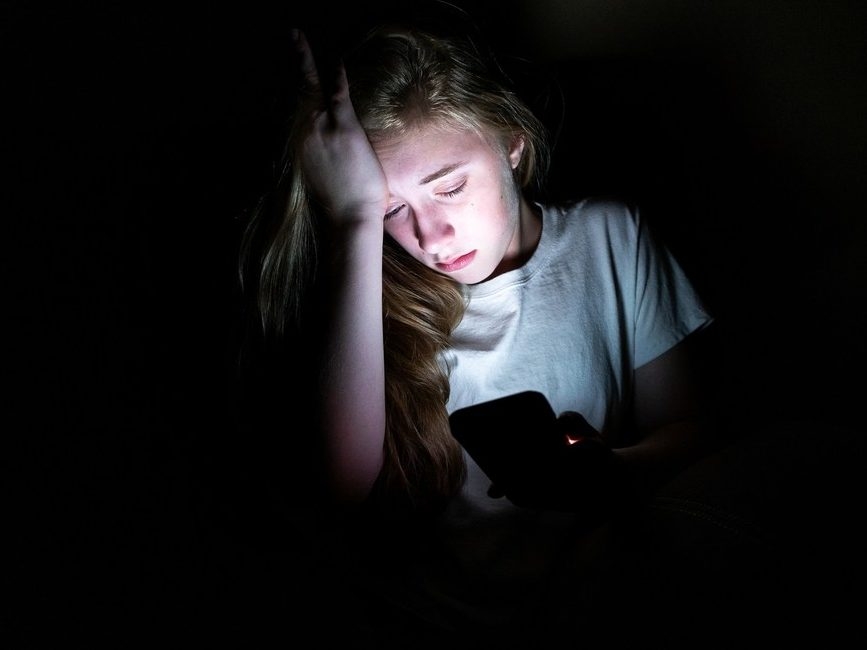A Louisiana middle school student found herself facing expulsion, not for a violent act, but for reacting to a horrifying violation. Thirteen-year-old girls at Sixth Ward Middle School became victims of a disturbing new form of abuse: AI-generated fake nude images circulated amongst their peers.
The images weren’t simply fabricated; they superimposed the girls’ actual faces onto digitally created nude bodies, using readily available artificial intelligence tools. The emotional toll was immediate, with relentless teasing and a growing sense of fear and humiliation.
The situation escalated on a school bus, where boys continued to share the fabricated images. The girl, overwhelmed and desperate, struck one of the students. This act of retaliation led to her expulsion, sparking outrage from attorneys who argued the school failed to protect her.

“What’s going on here is nothing more than disgusting,” declared Matthew Ory, the girl’s attorney, at a heated school board meeting. He emphasized the images were not harmless pranks, but manufactured child pornography created through artificial intelligence.
This case isn’t isolated. Law enforcement is now grappling with a surge in AI-powered abuse, where malicious actors can create and disseminate harmful imagery with unprecedented ease. The Lafourche Parish Sheriff’s Office has charged a middle school boy with unlawful dissemination of AI-generated images, a crime punishable by up to six months in jail and a $750 fine.
Sheriff Craig Webre issued a stark warning: the rise of AI has democratized the creation of abusive content, requiring parents to have urgent conversations with their children about online safety. The technology, once requiring specialized skills, is now accessible to almost anyone.
Researchers at organizations like Thorn have documented a disturbing trend. Teens report finding AI tools through social media, advertisements, and even within app stores, making the creation of these images shockingly simple. The ability to inflict harm has been exponentially increased.
The expelled student’s attorneys argue the school’s response was inadequate. They maintain administrators dismissed the initial complaints and failed to prevent the continued harassment on the bus. They believe the school’s inaction directly contributed to the girl’s desperate reaction.
While the school district insists it followed proper procedures, the incident highlights a critical gap in addressing this new form of abuse. The girl has been allowed to return to classes on probation, barred from extracurricular activities, a continued consequence of the school’s initial response.
This case, and others like it, are driving legislative action. States are enacting laws specifically targeting the creation and distribution of AI-generated nudes, attempting to catch up with the rapidly evolving technology. Washington state passed a similar law last year, though it didn’t result in criminal charges in a high-profile case.
Cybersecurity experts warn that “nudifier” apps are becoming increasingly accessible, fueled by advancements in AI image generation. What was once a niche activity now has the potential to become a widespread epidemic, demanding a proactive and comprehensive response from schools, law enforcement, and parents alike.





